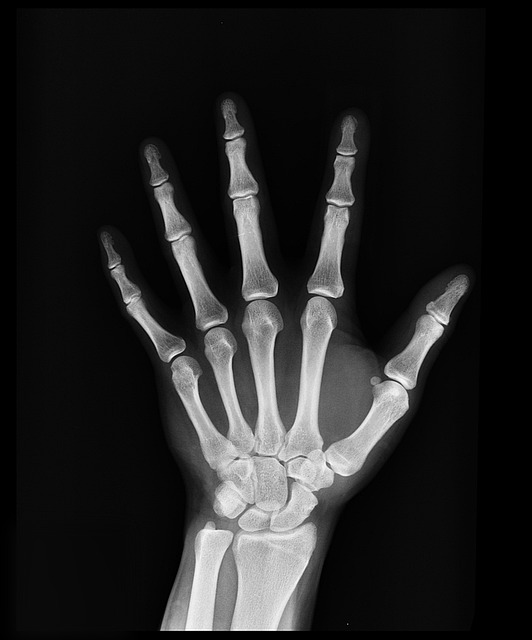Everything You Should Know About Bone Density Tests: A Complete Guide
A bone density test, also known as bone densitometry or DEXA scan, is a non-invasive medical examination that measures bone mineral density to assess bone strength and potential fracture risk. This diagnostic tool helps healthcare providers evaluate bone health, detect osteoporosis, and monitor treatment effectiveness. Understanding the importance of bone density testing can help you make informed decisions about your skeletal health.

Why Bone Density Matters
Our bones constantly undergo a natural cycle of breakdown and rebuilding. As we age, this process can become imbalanced, potentially leading to bone loss and increased fracture risk. Bone density testing provides crucial insights into bone health, helping identify conditions like osteoporosis before fractures occur. Early detection allows for timely intervention and preventive measures to maintain strong, healthy bones throughout life.
What is a Bone Density Test?
A bone density test uses low-dose X-rays to measure the amount of calcium and other minerals in your bones. The most common type, dual-energy X-ray absorptiometry (DEXA), typically focuses on the hip and spine areas. The procedure is painless, quick (usually 10-30 minutes), and requires no special preparation. Results are presented as T-scores and Z-scores, which compare your bone density to standard references for your age and gender.
Who Should Consider Getting a Bone Density Test?
Several factors determine who should undergo bone density testing:
-
Women age 65 and older
-
Men age 70 and older
-
People with risk factors such as:
-
Family history of osteoporosis
-
Previous fractures
-
Long-term steroid use
-
Rheumatoid arthritis
-
Smoking history
-
Low body weight
-
Early menopause
-
How Often Should You Get Tested?
Testing frequency varies based on individual risk factors and initial results. Generally:
-
Normal results: Every 2-5 years
-
Borderline results: Every 1-2 years
-
During osteoporosis treatment: Every 1-2 years to monitor effectiveness
-
Higher risk individuals: More frequent testing as recommended by healthcare providers
Lifestyle and Medical Steps After the Test
Test results guide subsequent actions:
-
Normal results: Maintain bone health through:
-
Regular weight-bearing exercise
-
Adequate calcium and vitamin D intake
-
Healthy lifestyle choices
-
-
Low bone density results:
-
Medical treatment options discussion
-
Lifestyle modifications
-
Fall prevention strategies
-
Regular monitoring
-
-
Osteoporosis diagnosis:
-
Prescription medications
-
Physical therapy
-
Dietary changes
-
Regular follow-up care
-
Understanding bone density test results empowers individuals to take appropriate steps for maintaining bone health and preventing fractures. Regular testing, combined with proper lifestyle choices and medical interventions when necessary, forms the foundation of comprehensive bone health management.
This article is for informational purposes only and should not be considered medical advice. Please consult a qualified healthcare professional for personalized guidance and treatment.




